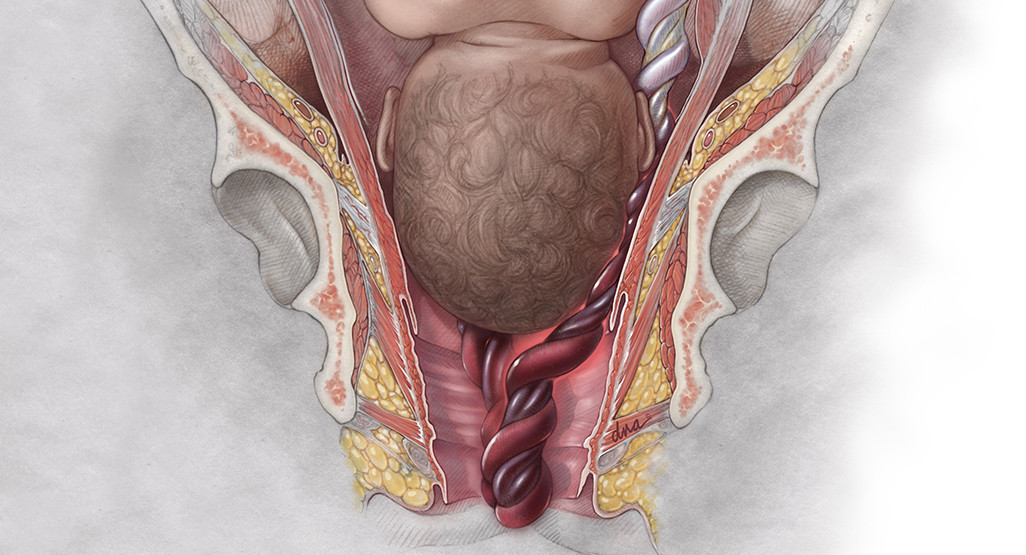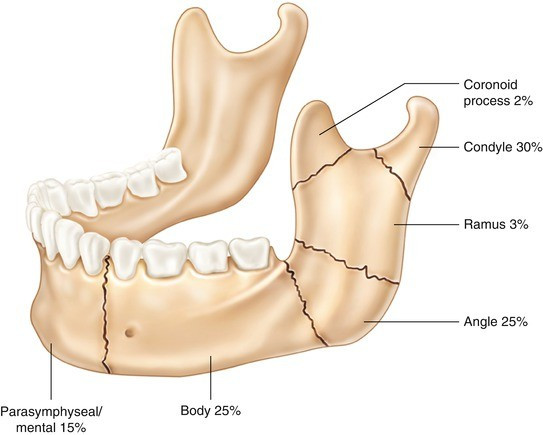Definition
The epiglottitis is an elastic cartilage located at the back of the tongue. It forms a valve that prevents food and drink from entering the respiratory tract. If the epiglottis becomes infected, traumatized, or burned by hot drinks, it can become inflamed, swell, and block the airway. This condition is known as epiglottitis.
Epiglottitis can occur at any age but tends to be more common in males. It is a dangerous and potentially life-threatening condition that requires immediate medical attention, especially in children, as they are more susceptible to respiratory complications.
Causes
Bacterial infection is the most common cause of epiglottitis. Bacteria can enter the body when you breathe in. They can then infect the epiglottis.
The most dominant bacterium causing epiglottitis is Haemophilus influenzae type b, also known as Hib. Hib can be inhaled from air containing the bacteria from an infected person's sneeze or cough.
In addition to Hib, several other bacteria and viruses can cause epiglottitis, including Streptococcus pneumoniae (pneumococcus), Streptococcus A, B, and C, and Staphylococcus aureus.
Trauma can also cause epiglottitis. Trauma can be physical, such as a direct blow to the throat, or thermal, from drinking extremely hot liquids or ingesting caustic substances (liquids that can burn or damage).
Risk factor
Several factors can increase the risk of developing epiglottitis, including:
- Male gender: Epiglottitis is more common in males.
- Weakened immune system: If your immune system is weakened by certain diseases or medications, you are more at risk of developing epiglottitis.
- Inadequate vaccination: Delayed or missed immunizations can make children more susceptible to Hib infection, increasing the risk of epiglottitis.
Symptoms
Regardless of the cause, the symptoms of epiglottitis are similar. In children, symptoms can develop within hours, including:
- High fever
- Symptoms improve when the child sits upright or leans forward
- Sore throat
- Hoarse voice
- Drooling
- Difficulty swallowing and pain when swallowing
- Restlessness
- Breathing through the mouth
In adults, symptoms develop more slowly, over days, and can include:
- Fever
- Difficulty breathing
- Difficulty swallowing
- Hot potato voice or muffled voice
- Noisy and harsh breathing sounds
- Severe sore throat
- Inability to catch a breath
If untreated, complete airway blockage can occur, leading to changes in skin color due to a lack of oxygen.
Diagnosis
If your doctor suspects epiglottitis, you will be referred to the nearest hospital immediately. At the hospital, your doctor will perform several examinations to confirm the diagnosis, such as:
- X-ray examination: To see the severity of inflammation and infection in the epiglottis.
- Blood and throat cultures: To determine the cause of the infection, such as bacteria or viruses.
- Throat examination using a fiber optic tube.
Management
When your doctor suspects epiglottitis, they will ensure your airway is open and sufficient oxygen is getting in. Your doctor will also monitor your breathing and oxygen levels in your blood.
If oxygen saturation drops too low, further measures will be taken to help you breathe. This is an emergency condition requiring immediate treatment. Some methods used by doctors to assist breathing include:
- Using an oxygen mask to help deliver oxygen to the lungs
- Inserting a breathing tube into the throat through the nose or mouth (intubation)
- Inserting a needle into the trachea (needle cricothyroidotomy)
Besides assisting with breathing, doctors can provide further treatment to address the infection. Usually, intravenous antibiotics are used. Broad-spectrum antibiotics are initially given to quickly tackle the infection. Once culture results are available, more specific antibiotics are administered depending on the type of bacteria causing the epiglottitis.
Complications
Epiglottitis can lead to several complications, including:
- Respiratory failure: The epiglottis acts as a small valve preventing food and drink from entering your airway. If it swells due to infection, physical trauma, or thermal trauma, it can narrow your airway and lead to complete blockage, causing respiratory failure. This condition is life-threatening and requires immediate management.
- Spread of infection: Bacteria causing epiglottitis can spread to other parts of the body, leading to infections like pneumonia, meningitis, or bloodstream infections.
Prevention
To prevent epiglottitis, ensure your child receives the Hib vaccine according to the schedule. The Hib vaccine is given three times. In Indonesia, according to the 2020 IDAI recommendations, children receive the first Hib vaccine at 2 months old, the second dose at 3 months, and the third dose at 4 months. A booster dose is given at 18 months.
In addition to vaccination, maintaining health and hygiene is essential to prevent bacterial or viral infections that can cause epiglottitis. Keep the immune system healthy with adequate rest and nutritious food.
When to see a doctor?
This condition is an emergency. If you notice any of the symptoms mentioned above, go to the hospital immediately.
- dr Ayu Munawaroh, MKK
Mayoclinic.org. (2020, 13 Oktober). Epiglottitis - Diagnosis and treatment - Mayo Clinic. Diakses pada 15 Februari 2022, dari https://www.mayoclinic.org/diseases-conditions/epiglottitis/diagnosis-treatment/drc-20372231
Healthline.com. (2019, 5 Februari). Epiglottitis: Causes, Symptoms, and Diagnosis (healthline.com). Diakses pada 15 Februari 2022, dari https://www.healthline.com/health/epiglottitis
Guerra AM, Waseem M. Epiglottitis. [Updated 2021 Nov 7]. In: StatPearls [Internet]. Treasure Island (FL): StatPearls Publishing; 2022 Jan-. Available from: https://www.ncbi.nlm.nih.gov/books/NBK430960/












